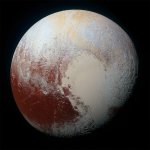Have they got an astronomy society or maybe there is one nearby?
Yeah I'm currently a member of a society that is actually based in Nottingham where I'm going, it's just the fact I won't have room to store my kit while there

Although the physics department let students use their scopes up on the roof for personal use so at least I'll still be able to do something



